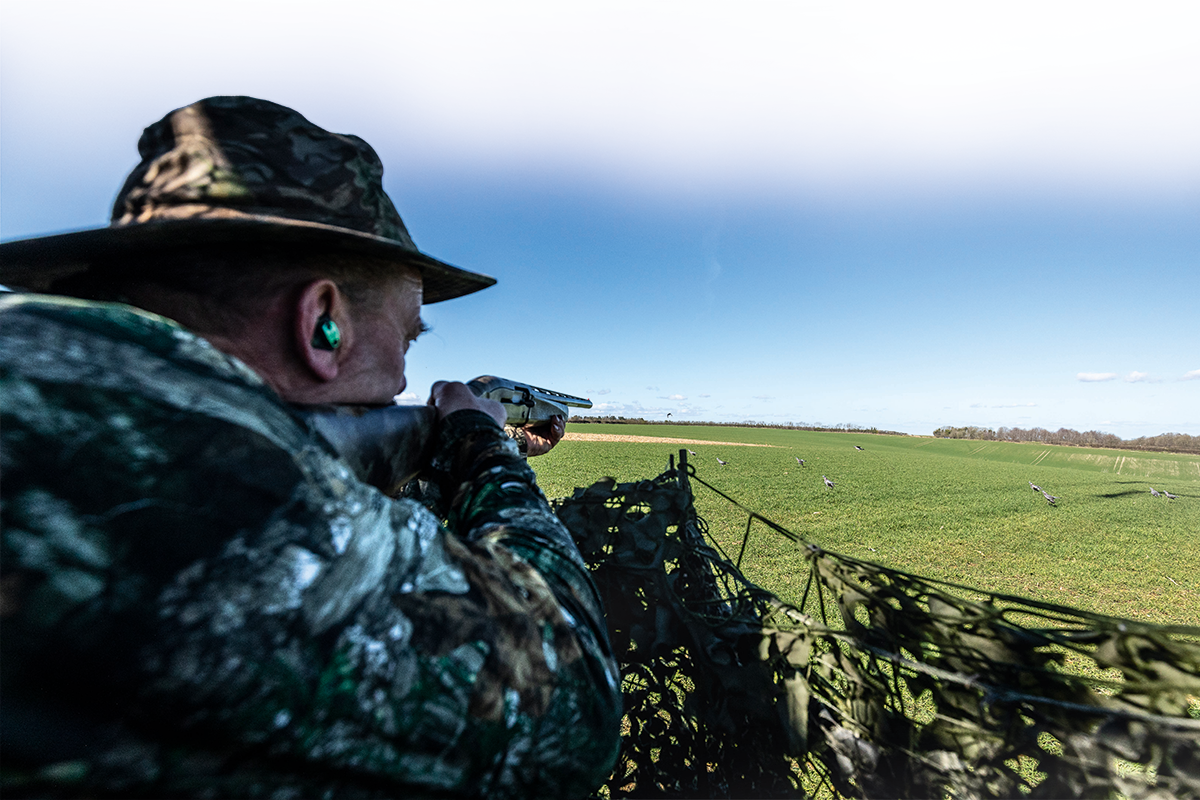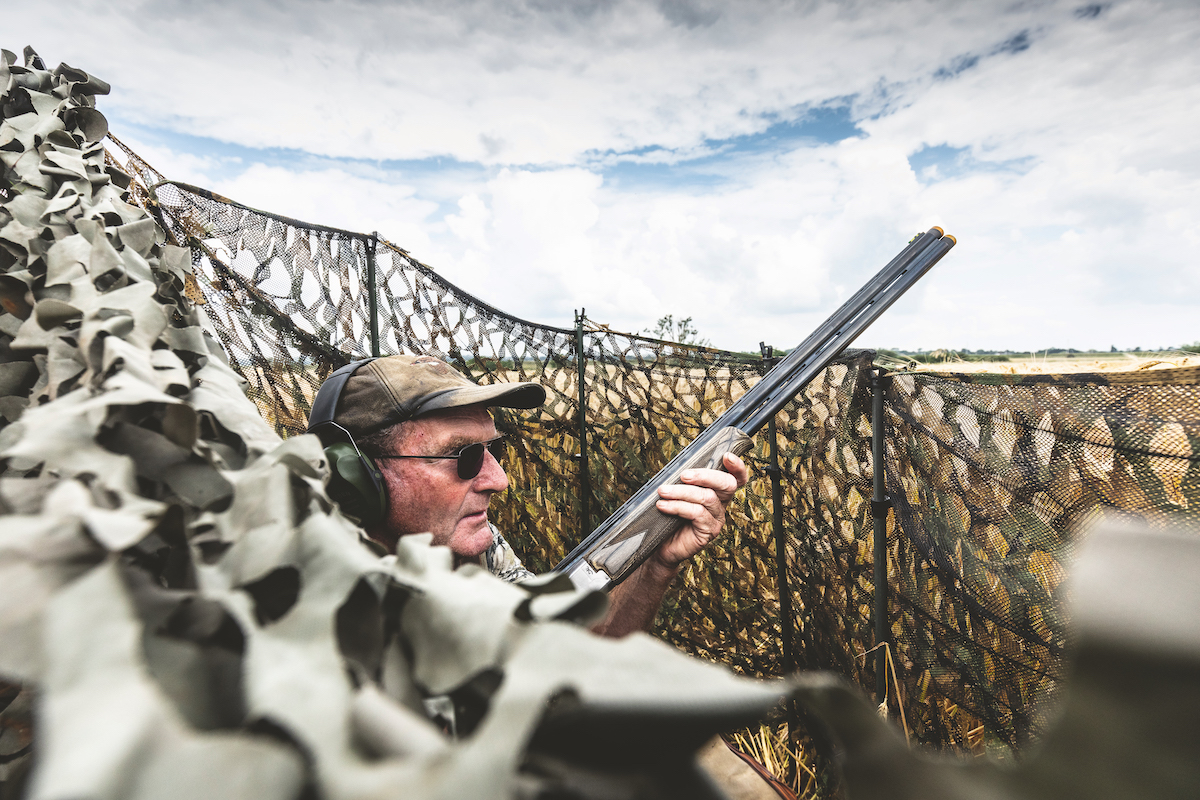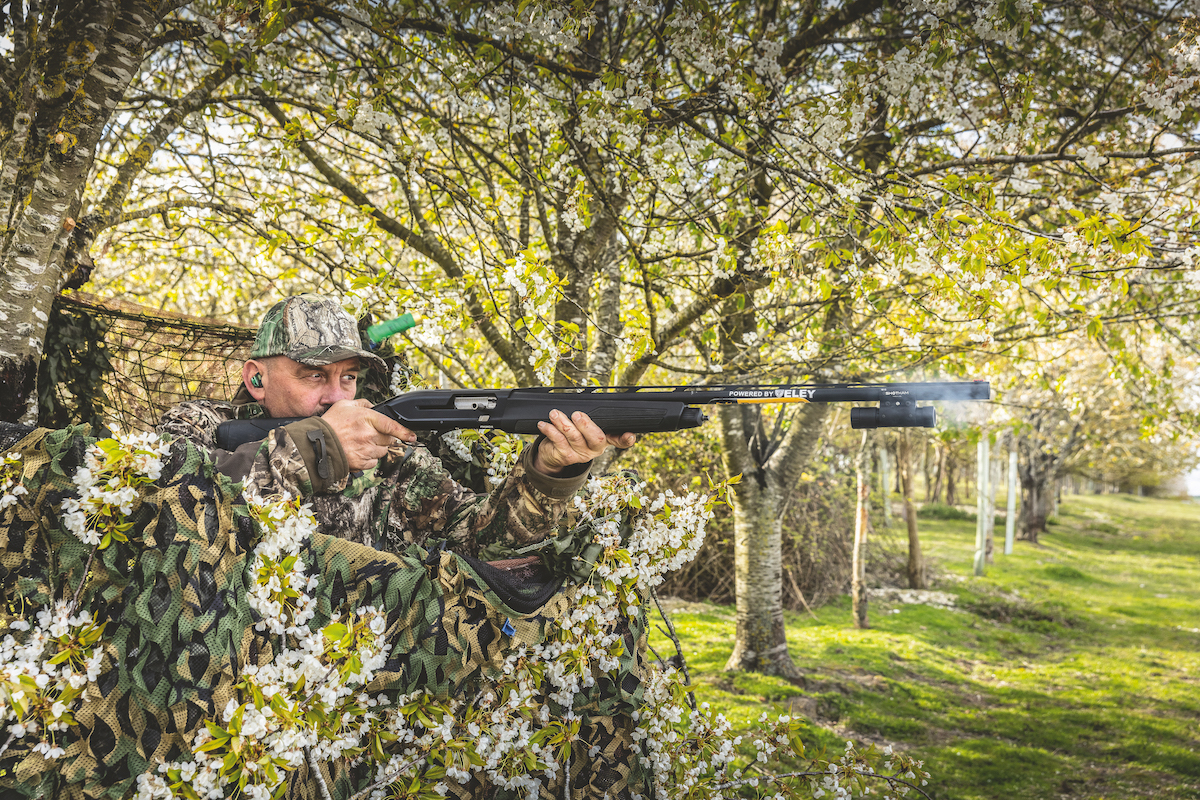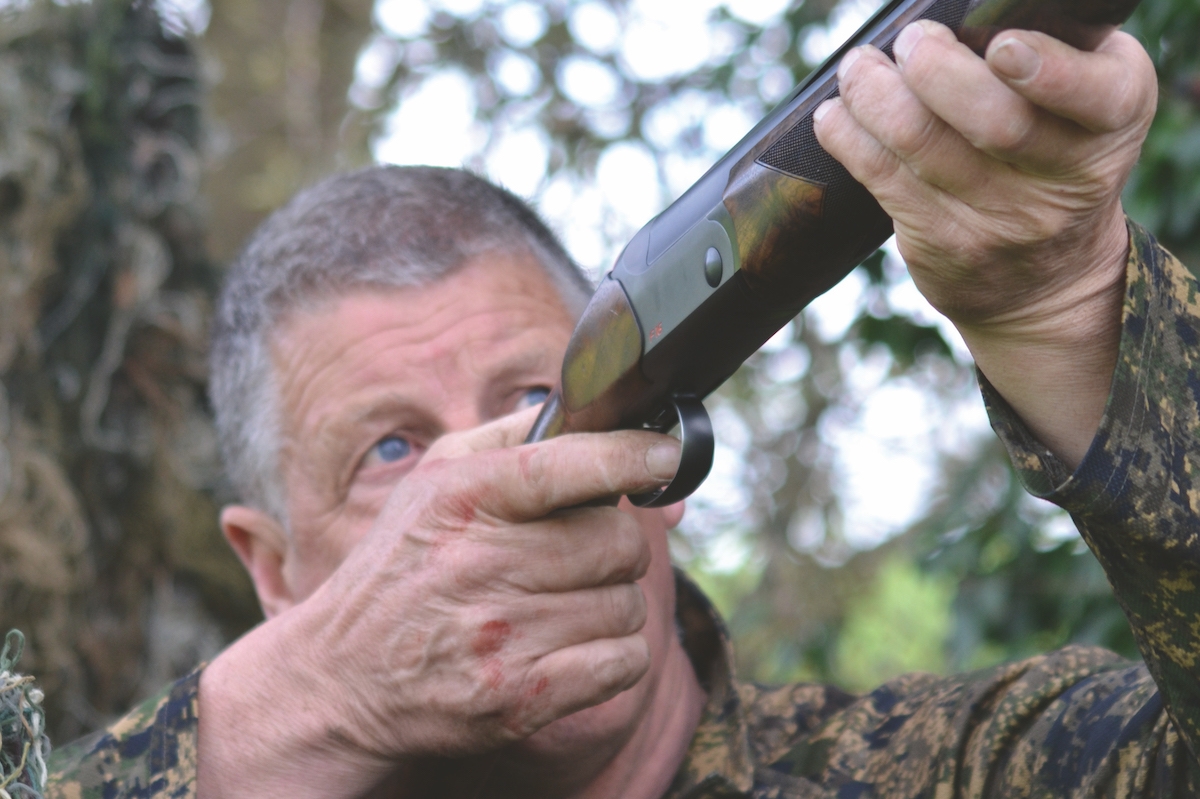Springtime pigeon control over drilling
As spring arrives it brings back happy memories for Geoff Garrod as it is his favourite time of year for pigeon control

Reconnaissance is key to a successful pigeon shoot
The game shooting season may be over, but this is my favourite time of year for pigeon control.
Shooting over spring drilling is the crème de la crème of pigeon control, and also where the foundation of my shooting was laid. It’s when I reflect on my childhood shooting with my father on the farm he worked on. Back then, the drilling took a fair few weeks to go in, so we could watch and wait for the best opportunities; we also had inside information on where and when the drilling would be done next.
In my early teens, after my dad was happy that I knew what I was doing with a shotgun, most weekends and school holidays I was dropped off in the morning on a hedgerow by a likely spot and picked up again in the afternoon. So many great memories were made as I learned my fieldcraft.
Early
The mild and dry weather in February brought the drilling forward by a few weeks, and it was all done and dusted on the estate where I work as head gamekeeper in less than five days. The modern drills we have today are so much more efficient than the ones used in my youth and do a far better job. In most years previously a few fields were drilled when the weather allowed, but then it would rain and the fields would be too wet to work on for a day or two. That said, some years drilling can start in early March and finish in mid-April, especially if there is heavy ground.
Staggering the drilling gives you far more opportunities, and also keeps the pigeons interested for longer. What was frustrating about the early and fast drilling this year was that it coincided with me being at the British Shooting Show at the NEC in Birmingham.
I was there for three days, working on the National Gamekeepers’ Organisation (NGO) stand. Don’t get me wrong, I loved going to the show and enjoyed meeting people, and I’m very happy to ‘bang the drum’ for the NGO at any time. However, I can’t deny that in the back of my mind I was thinking of home, and imagining clouds of pigeons descending on the freshly drilled fields.
When I was growing up there was no rape planted in the UK. Rape appeared in the 1970s, and has become the staple diet for pigeons over the winter.
Before rape, pigeons relied mostly on sprouts and kale to survive the harsh months. If where you shot didn’t have any sprouts or kale, the first real opportunity to make a good bag was when the spring corn was drilled. Today, pigeons have thousands of acres of rape that they can choose from.

Pigeons use the rape as sustenance over the cold months
This year, the early drilling arrived before the pigeons had moved out of ‘rape mode’. They are fairly nomadic and travel around in very large flocks, the size of which makes decoying them tricky. Often, your first shots will move the flock to another of the numerous fields of rape. Nothing particularly draws them to one location, and they arrive in numbers rather than ones and twos.
A newly drilled field is a big draw to pigeons, and this all usually starts in mid-March just as the flocks start to break up. By then they will have begun trying to fatten themselves up after the winter. They’re probably also sick and tired of their diet of rape. Some easy, calorific spring corn soon catches their attention, and it doesn’t take them long to get full compared with nibbling away at rape plants.

Load up and get out there If you see pigeons feeding
Observation
Back at the estate, I’ve been watching the drilled fields and can report that they have already been stripped of any surface corn that the drill left behind. The flocks have returned to ‘rape mode’, and are happily feeding and travelling between fields of rape where they don’t get disturbed. One day, at the end of February, there were groups of 100 to 150 birds flying down the field in front of me to the far corner of a field of rape. In total, about 700 birds congregated there, which is the last thing you want for decoying. My hunch was that the pigeons arrived in large flocks on the drilling. That would have cleared a field of any corn in no time at all.
I hope that I haven’t completely missed out on the spring drilling season. Some fields of rape have failed, and there’s talk on the farm of ploughing that in and drilling with corn, which could be an unexpected treat.
The nature of spring drilling and the speed at which a field can be cleared when a flock finds it means that reconnaissance is key to success. A field may only be of interest to the pigeons for as little as two days. Talk to the farmer where you shoot and ask what his plans are. Try to get him to call you if it looks like he’ll be drilling, and then watch the fields like a hawk. If you see feeding pigeons and it’s early enough in the day, get out there as soon as possible.

Geoff checks the rape, which shows clear signs of damage
Failing that, try to get there the next day, and make sure that you’ve noted the flightlines into the field and watched the way they’re feeding. Pigeons will tend to feed close together on rape, but it’s very unlikely they will on drilling. For one, the food will be spread out, and the pigeons will have to scratch around to find it.
Replicate what you see on the field, and then mimic that with your decoys as best you can. Also, make sure that the first thing any pigeons coming to the field see is your pattern. Good luck








